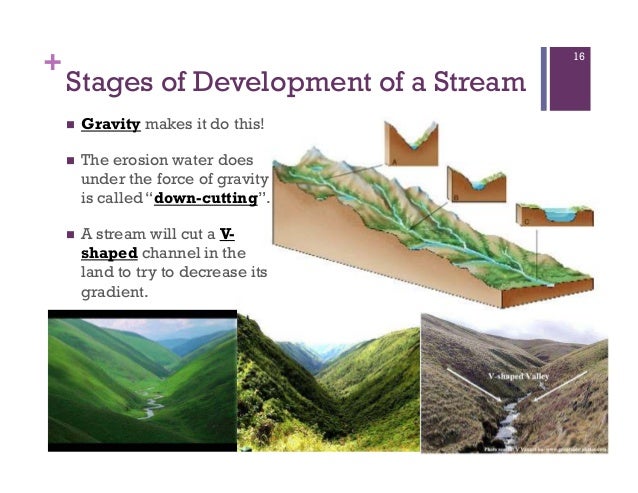

In practice, PTFs are trained using measurements performed on laboratory-scale samples obtained from relatively uniform soils (i.e., agricultural fields) 11, 12.

SHPs are generally derived from soil pedotransfer functions (PTFs) that correlate readily-available soil information (e.g., texture, bulk density, organic matter) with difficult-to-measure soil hydraulic parameters 6, 7, 8, 9, 10. The proposed framework allows the incorporation of hydrological effects of soil structure with appropriate scale considerations into contemporary pedotransfer functions used for land surface parameterization.Įarth system and land surface models (LSMs) used for predictions of climatic and hydrological processes require spatially distributed soil hydraulic properties (SHPs) to represent surface fluxes, particularly the partitioning between infiltration and runoff 1, 2, 3, 4, 5. We demonstrate that small scale soil structure features prominently alter the hydrologic response emerging at larger scales and that upscaled parameterizations must consider spatial correlations between vegetation and soil texture. Here we propose a systematic framework to incorporate soil structure corrections into pedotransfer functions, informed by remote-sensing vegetation metrics and local soil texture, and use numerical simulations to investigate their effects on spatially distributed and areal averaged infiltration-runoff partitioning. However, current parameterizations rely on sample-scale information which often does not account for biologically-promoted soil structure and heterogeneities in natural landscapes, which may significantly alter infiltration-runoff and other exchange processes at larger scales. Earth system models use soil information to parameterize hard-to-measure soil hydraulic properties based on pedotransfer functions.


 0 kommentar(er)
0 kommentar(er)
